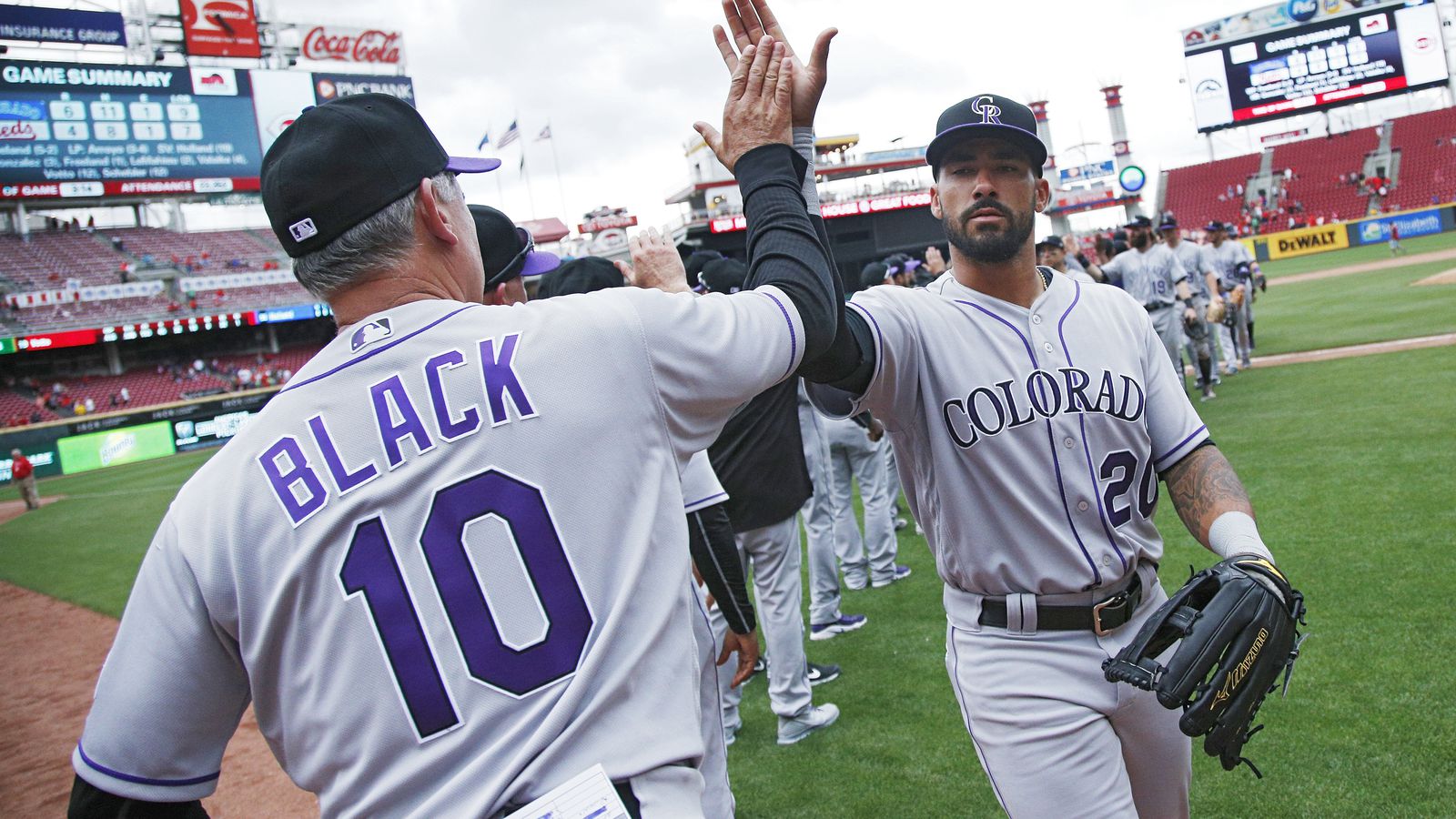The Colorado Rockies are once again finding themselves at the bottom of the National League West standings this season, a familiar position for a team grappling with one of the most challenging rosters in Major League Baseball. As the 2024 trade deadline approaches, they are poised to embrace their role as sellers in the market.
Under the stewardship of Manager Bud Black, now in his seventh season with the Rockies, the team has struggled to a dismal 32-57 record. This places them ahead of only the Marlins and White Sox in overall standings, a stark reminder of their current position as one of the league’s least competitive teams. With a daunting 22.5-game gap behind the division-leading Dodgers, it’s evident that significant changes are on the horizon for the Rockies, starting with potential trades.
The urgency to rebuild is clear. A roster laden with aging veterans who no longer align with the team’s future trajectory necessitates a strategic overhaul. With nine of their top ten highest-paid players aged 26 or older, the Rockies face the challenge of injecting youth and talent into their lineup.
One such example is Kris Bryant, who has failed to live up to expectations since signing a lucrative seven-year deal in 2022. Limited to just 146 games over the past two-plus seasons, Bryant’s underperformance underscores the need for the Rockies to redirect their resources towards players who can contribute meaningfully.
Pitching is another area ripe for trade discussions. Despite the challenges of pitching at the hitter-friendly Coors Field, pitchers like Jalen Beeks, Austin Gomber, Dakota Hudson, and Cal Quantrill have shown promise that could attract contenders looking to bolster their rotations. Quantrill, in particular, stands out with a solid 3.77 ERA and a commendable 3.04 WAR, despite the adverse pitching environment.
Gomber and Hudson, though struggling with ERAs over 4.40, offer potential depth for teams needing additional arms down the stretch. Beeks, primarily a reliever with a career-best eight saves this season, presents a reliable bullpen option for teams seeking stability in high-pressure situations.
In the infield, veterans like Elias Diaz, Jacob Stallings, and Brendan Rodgers represent modest trade assets for the Rockies. While Diaz, at 33 years old, may not draw significant interest beyond serving as a backup catcher, Stallings and Rodgers could fill minor gaps in roster depth for competing teams. Their solid batting averages and positive WAR numbers provide limited appeal, suggesting any trade return would likely be modest.
The Rockies’ willingness to entertain trades for prominent players like Ryan McMahon and Charlie Blackmon adds intrigue to their deadline strategy. McMahon, in particular, stands out as a cornerstone player with significant offensive contributions, including 14 home runs this season. With three years remaining on his contract, McMahon represents a valuable trade asset capable of fetching substantial returns in terms of prospect talent.
Conversely, Blackmon’s value has declined with age, although his veteran presence and occasional hitting prowess could appeal to teams in need of experienced depth. As a pending free agent, Blackmon’s tenure with the Rockies may be nearing its end, making him a potential candidate for a deadline move.
Despite the potential for significant roster turnover, reports suggest the Rockies remain cautious about parting ways with McMahon, emphasizing their commitment to building around key players. However, interest from competitive teams like the Astros and Yankees underscores McMahon’s appeal as a trade target for clubs seeking a reliable offensive anchor.
As the Rockies navigate the complexities of the trade market, their focus remains on striking a balance between immediate needs and long-term goals. The outcome of their trade deadline maneuvers will undoubtedly shape the future trajectory of the franchise, determining whether they can emerge from their current cycle of rebuilding and contention.

